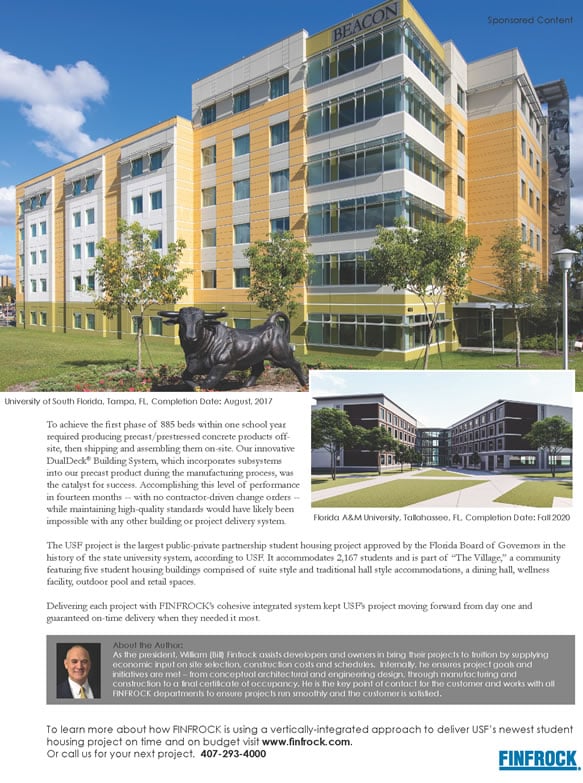Instead of lumping patients into categories of high, medium or low risk based on age, history and cholesterol level, Dr. Philip Oranburg diagnoses the actual presence and extent of symptoms through four state-of-the-art medical tests. Then he prescribes a customized plan for prevention.
"If you can look directly, why would you make assumptions based on a classification?" says Oranburg, who calls his new program PROActive Heart Health.
For a patient who has no symptoms, the tests establish a baseline so future tests can be compared against that patient's version of "normal." That's why Oranburg recommends the program for patients as young as 40.PROActive Tests
These tests give doctors more clues into a patient's individual risk of having a heart attack. They're rarely issued in standard cardiac diagnoses.
Cardiac CT Scan: Gives doctors another way to estimate how much plaque is in the arteries that could rupture and cause a heart attack. It's not foolproof because not all plaque shows up on the test.
Carotid Artery Evaluation: Measures thickening in the source of blood supply to the brain.
Abdominal Aortic Aneurysm Screening: Examines the major blood vessel of the abdomen, where a rupture is 95% fatal.
Expanded Lipid Profile: Looks beyond the quantity of cholesterol in the body and examines how and where it's located to show what risks it presents.Traditional methods of diagnosing heart disease treat patients as statistics, Oranburg says. They work for much of the population and have lowered heart disease overall, but many patients are not seen as at-risk until it's too late. Conversely, he says, patients who meet the high-risk criteria sometimes are put on medication when they don't need to be.
For instance, a patient with 70% blockage in an artery might be just fine because the plaque lining the artery is stable. Yet someone with 50% or even 30% blockage, which would go undetected in a stress test, could have a heart attack if the plaque burst, Oranburg says.
The program's $1,750 cost isn't covered by health insurance plans because PROActive goes beyond standard practice and into prevention.
To cater to program patients, Oranburg shuts down his traditional cardiac practice twice a week and puts out fresh flowers and coffee. Each patient is booked for a leisurely hour, along with a follow-up appointment later to go over the results.
The doctor says he's been getting rave reviews. "People have been really grateful," he says.
Facts About Heart Disease
Cardiovascular disease is the No. 1 cause of death in the U.S. and has been for about 100 years.
About 64.4 million Americans have it.
More than 60,000 Americans a year die from heart disease.
It's 10 times more likely than breast cancer to kill American women.
A child born today has a 47% chance of dying from it.
88% of people who have heart attacks would have passed a conventional risk assessment.
One-third to one-half of cardiac events occur in people with normal cholesterol levels.
Americans paid about $368 billion last year in medical and disability costs related to cardiovascular disease.
Heart Attack Symptoms
Chest discomfort such as pressure,squeezing, fullness or pain
Discomfort in other areas of the upper body such as pain or discomfort in one or both arms, the back, the neck, the jaw or the stomach
Shortness of breath before or during chest discomfort
Others, including cold sweat, nausea and lightheadedness
Source: American Heart Association, www.aha.org
Blood Pressure
The force of blood against the walls of arteries is recorded as two numbers: Systolic pressure, as the heart beats, over diastolic pressure, as the heart relaxes between beats. Normal blood pressure falls at 120/80 or lower. If you have high blood pressure, or hypertension, that means your heart's working too hard. This can lead to hardening in your arteries and increase your risk of heart disease and stroke. Most people have high blood pressure at some point in their lives, but it can be prevented and controlled through diet and exercise.
Source: National Heart, Lung and Blood Institute, www.nhlbi.nih.gov












